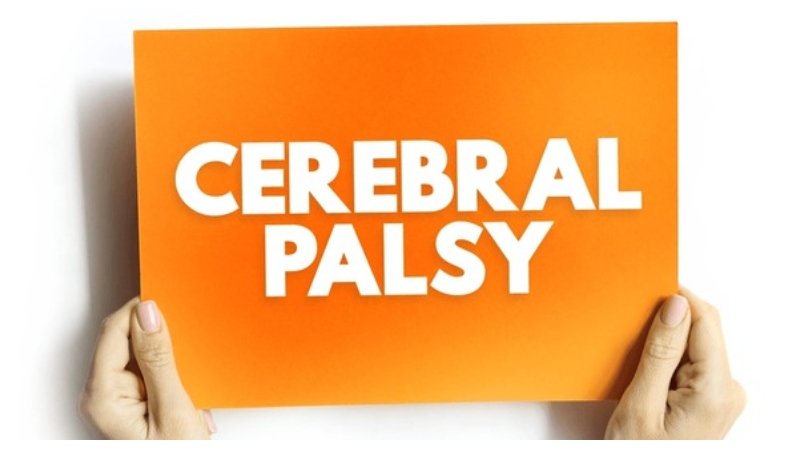When a child misses early developmental milestones, parents often begin to worry. Concerns about movement, posture, or speech can lead to questions no parent wants to ask. Could this be cerebral palsy? The earlier doctors identify the condition, the sooner children can get the right support and therapy.
That is why understanding the diagnosis process for cerebral palsy is so important. Doctors use several tests and evaluations to confirm the condition and rule out other causes. For parents, knowing how these tests work provides clarity and reduces some of the fear that comes with uncertainty.
What Is Cerebral Palsy?
Cerebral palsy (CP) is a group of disorders that affect movement, muscle tone, and coordination. It is usually caused by damage to the brain before, during, or shortly after birth. Symptoms can range from mild balance issues to more severe challenges with walking, speaking, or learning.
Because no two children are affected in the same way, doctors rely on a variety of tests to reach a diagnosis.
Why Testing Matters
Early testing helps children access therapy and interventions during the most important stages of brain development. With timely treatment, many children with CP can improve motor skills, communication, and independence. Testing also gives parents a better understanding of what to expect and how to plan for the future.
Physical and Developmental Exams
The first step in testing is usually a detailed physical and developmental exam. Doctors check a child’s muscle tone, reflexes, posture, and coordination. They also look at whether the child is meeting age-appropriate milestones, such as crawling, walking, or speaking. If delays or unusual movements are noticed, doctors may order further tests to confirm the diagnosis.
Brain Imaging Tests
Brain imaging helps identify damage or abnormalities in the brain that could explain symptoms. The most common scans include:
- MRI (Magnetic Resonance Imaging): Provides detailed images of the brain to detect injury or malformations.
- CT scan (computed tomography): Shows brain structure and can reveal bleeding or calcification.
- Ultrasound: Often used in infants because it is safe and quick, though less detailed than MRI or CT.
These scans give doctors a clearer picture of what might have caused the condition.
Neurological Tests
Neurologists may perform a range of tests to evaluate brain function. These include examining reflexes, coordination, and sensory responses. In some cases, an EEG (electroencephalogram) is done to detect abnormal brain activity, especially if the child experiences seizures. These tests are not only helpful for diagnosis but also guide treatment plans.
Also read: Choosing the Best Digital Classroom Board
Laboratory and Genetic Tests
Sometimes doctors use blood tests to rule out other conditions that mimic cerebral palsy. Genetic testing may also be recommended if there is a suspicion of inherited disorders. While these tests do not confirm CP directly, they help ensure that nothing else is being overlooked.
Developmental and Cognitive Assessments
In addition to physical symptoms, cerebral palsy can affect learning and behavior. Developmental assessments measure skills like language, memory, problem-solving, and social interaction. These evaluations help create a complete picture of the child’s strengths and challenges. Early awareness allows families and schools to put the right educational supports in place.
The Role of Specialists
Testing for CP often involves a team of specialists, including pediatricians, neurologists, therapists, and sometimes orthopedists. Each brings a unique perspective, ensuring the diagnosis is accurate and the care plan is comprehensive. Parents should feel encouraged to ask questions and stay actively involved throughout the process.
Key Takeaways
- Cerebral palsy is a condition that affects movement and muscle control, caused by brain injury or abnormal development.
- Early diagnosis allows children to receive therapy during crucial stages of development.
- Tests include physical exams, brain imaging (MRI, CT, ultrasound), neurological exams, and sometimes an EEG.
- Blood and genetic tests help rule out other conditions.
- Developmental assessments evaluate learning and behavior for a full understanding of the child’s needs.
- A team-based approach ensures accurate diagnosis and personalized treatment.

